Published: August 29, 2017
Pulse Canada is the national industry association that represents growers, processors and traders of pulse crops in Canada. The most common types of pulse crops are dried peas, beans, lentils and chickpeas. In 2011, Pulse Canada came to us with a business challenge.
Pulse Canada wanted to diversify its sales beyond international markets by driving growth in the North American market as a value added ingredient among consumers, food manufacturers and foodservice operators.
We conducted research, interviews and strategy workshops with key stakeholders through the pulse value chain. Primary outputs were priority consumer targets, in addition to communication, marketing and innovation strategies for the pulse brand.
Here are the 5 Things You Need to Know to win with pulses:
1. The Pulse Consumer Targets Are Constantly Seeking Convenient Solutions
Two consumer targets were identified in the pulse research study who were frequent users of packaged and prepared foods. We used the S.P.I.C.E. framework, a Rotman Design Thinking approach, to generate human needs profiles for each consumer target.
S- Social needs, P-Physical needs, I- Identity needs, C-Communication needs, E- Emotional needs.

Healthy Helen
Overall Sentiment: I like Pulses but I need more ways to incorporate them into my family’s diet without any downside.
Social needs: I need to surround myself with family who have a sense of independence
Physical needs: I need help to pursue my goals.
Identity needs: I am a person with traditional values for family yet contemporary values for myself.
Communication needs: I want to trust the information presented to me.
Emotional needs: I want to feel a sense of satisfaction that comes from doing my best.
Needs as it pertains to Food: Balancing the need for taste and health from food. Primarily through the absence of negatives and the presence of positives.

Sensible Sandra
Overall Sentiment: I really do like Pulses, but need easier ways to incorporate them without impacting taste.
Social needs: I need to maintain long term relationships with family and friends.
Physical needs: I need help being efficient so my life runs smoothly.
Identity needs: I am an organized and energetic person.
Communication needs: I look at the big picture and seek the opinions of experts and friends.
Emotional needs: I want to feel fulfilled by meeting everyone’s needs.
Needs as it pertains to food: Sensible Sandra balances the need for taste and health from food. Healthy food is primarily defined through the absence of negatives and to a lesser extent the presence of positives.
2. Pulses are Well-Positioned to Meet Existing Consumer Needs and the Upcoming Increase in Demand From the Food Guide Re-launch
Target Insight:
When I take care of myself, I can better take care of my family. Both consumer targets are on a journey to better health. Their primary need is to take care of their own health first, which then enables them to take care of their families.
Functional Benefit:
Makes it easy to eat healthy. Both consumer targets have busy lifestyles. They are the primary caregiver, yet they also pursue individual interests. This drives their strong need for personal and family health, supported by healthy and convenient foods.
Emotional Benefit:
Making a sensible choice. Given their busy lifestyles, they have a need for simple, convenient choices that support their health goals. Healthy behaviours are influenced by simple and trusted sources such as packaging claims, expert opinions, family, friends and the internet.
Reasons to Believe:
Good source of plant protein, Very high source of fibre, Food that appeals to the whole family, Easy to prepare, Convenient formats.
3. Consumers See the Potential for Pulses to Stretch into Many Packaged Food Categories
Product innovation containing pulse ingredients will be the biggest driver of pulse consumption growth by Sensible Sandra as she relies on convenient packaged foods to manage her busy schedule. Product innovation will also appeal to Healthy Helen, although to a lesser extent. The following product categories were most appealing for pulse ingredient innovation:
- Pasta
- Chips
- Bread
- Soup
- Frozen Foods
- Cereal
- Crackers
- Granola Bars
- Energy Bars
- Salty Snacks
- Frozen Meatless Entrees
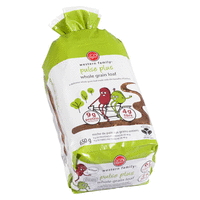
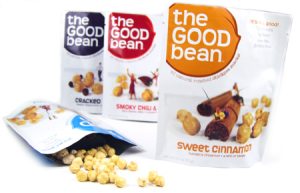
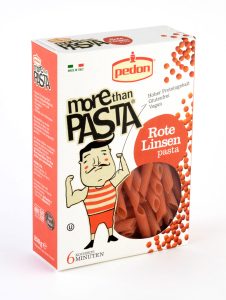
4. Consumers Also Want Pulse Packaging & Format Innovation for Convenient Meal Preparation
Packaging format innovation will be the biggest driver of pulse consumption growth by Healthy Helen as she prefers to cook with fresh ingredients. Packaging innovation will appeal to Sensible Sandra as a secondary driver of pulse consumption. The following formats were most appealing for pulse packaging and format innovation:
- Re-sealable pouch
- Frozen (pre-cooked)
- Bags (dry)
- Glass jars
- Cans
- Restaurant (including take out)
- Fresh Prepared Deli Bar
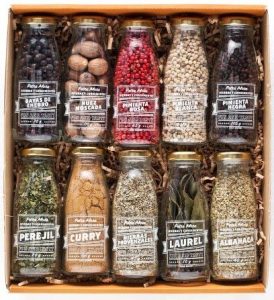
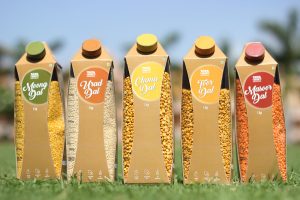

5. Retail & Foodservice Channels Should Also Be Leveraging the Pulse Opportunity
Consumers expected Pulses to be available in both traditional grocery and food service channels. For traditional grocery, Loblaws and Longos are the two grocery retailers that were perceived to be most aligned with the Pulse brand positioning and new product opportunities.
What do you need to know about Pulse Canada?
Pulse Canada joined forces with the American pulse industry to launch a three-year consumer promotion campaign to increase pulse consumption and utilization in North America. In June 2017, they launched the Half Cup Habit, a campaign encouraging Canadian and American consumers to eat a half-cup serving of pulses 3x per week. Consumers can sign up for the Half-Cup Habit on www.pulses.org and receive weekly resources including recipes, prep tips, shopping lists and more, to make eating pulses easy and delicious.
The Half-Cup Habit is the second phase of the multi-year strategy to educate consumers on the health, nutrition and environmental sustainability benefits of pulses. The first phase of the strategy was launched in January 2016 with the start of the International Year of Pulses. It lasted until June 2017 and focused on generating widespread awareness of pulses through earned media, social media, online advertising, and partnerships with over 300 consumer influencers. These marketing efforts achieved a combined total reach of over 4 billion.
The Pulse Brand logo was developed to build recognition of pulses and help consumers identify products containing pulse ingredients. Pulse Canada is also meeting with food manufacturers to encourage innovation in food development to increase the availability of food products that contain pulses, and the promotion of these products to consumers.
For more information about the Half-Cup Habit campaign and how to get involved, companies can contact Daria Lukie, Pulse Program Manager (pulsebrand@pulses.org or 204-925-3786).

Continue reading more from Pearl




